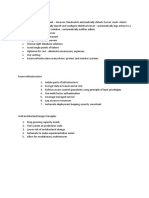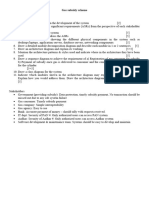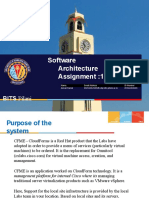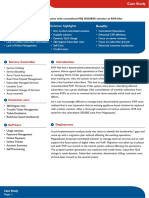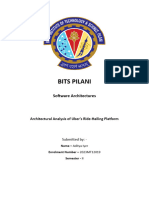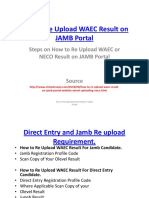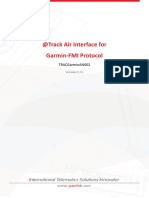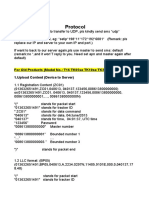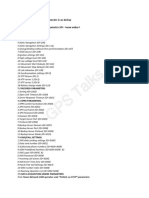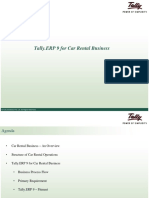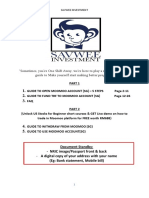0% found this document useful (0 votes)
22 views6 pagesSystem Integration Design
The System Integration Design Document outlines the architecture and protocols for the MVR system, focusing on seamless communication between internal modules and external services. It details the integration architecture, including the use of RESTful APIs, a centralized API gateway, and various external APIs for services like biometric verification and payment processing. Security measures, error handling, and monitoring strategies are also emphasized to ensure a scalable and secure platform.
Uploaded by
Almas AkhtarCopyright
© © All Rights Reserved
We take content rights seriously. If you suspect this is your content, claim it here.
Available Formats
Download as DOCX, PDF, TXT or read online on Scribd
0% found this document useful (0 votes)
22 views6 pagesSystem Integration Design
The System Integration Design Document outlines the architecture and protocols for the MVR system, focusing on seamless communication between internal modules and external services. It details the integration architecture, including the use of RESTful APIs, a centralized API gateway, and various external APIs for services like biometric verification and payment processing. Security measures, error handling, and monitoring strategies are also emphasized to ensure a scalable and secure platform.
Uploaded by
Almas AkhtarCopyright
© © All Rights Reserved
We take content rights seriously. If you suspect this is your content, claim it here.
Available Formats
Download as DOCX, PDF, TXT or read online on Scribd
/ 6














